Stop Ignoring Google Maps
If you own a restaurant, store, or any business requiring foot traffic for survival, then most likely people are finding you on Google Maps. Google Maps offers much more than giving directions. If you value digital marketing for your local business, then Google Maps must be a part of your strategy. Here’s why.
Local Results Are Showing Up More and More for Broad Search Terms
Google is getting much better at understanding user intent. If someone searches for “pizza place” on Google, he or she isn’t going to get a list of the top ranking pizza places in the country. Why? Because most likely someone looking for “pizza place” wants to find a pizzeria near them that will satisfy their pie craving. Let’s see another example. As a proud Milwaukee native, I searched for “craft beer bars,” and here are the results…
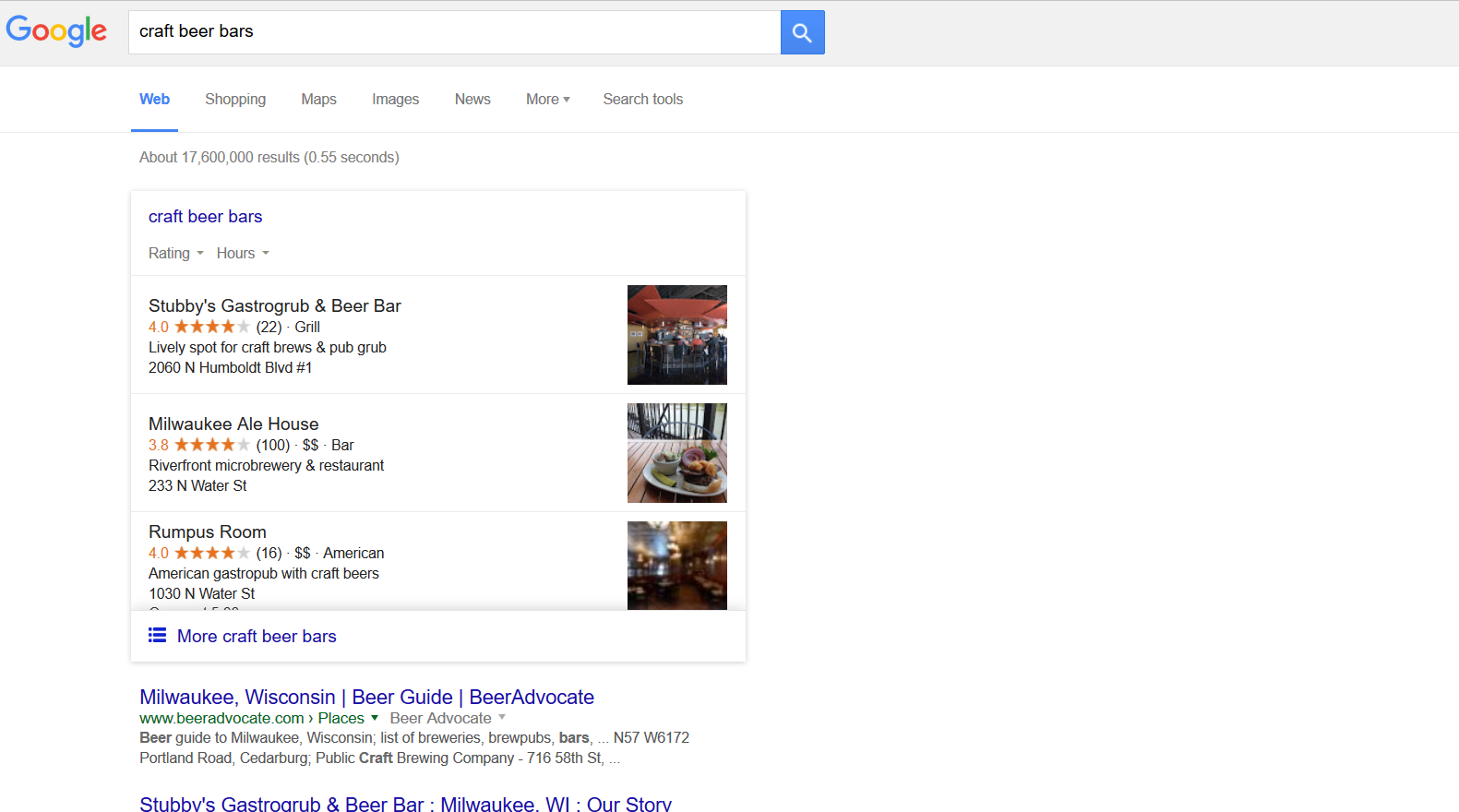
We don’t see any ads. In this case, from my location we see three, local results matching the intent (there’s that word again) of what I was searching for. Underneath the three results you can click to see “More craft beer bars.” Let’s make like Dora and explore some more options.
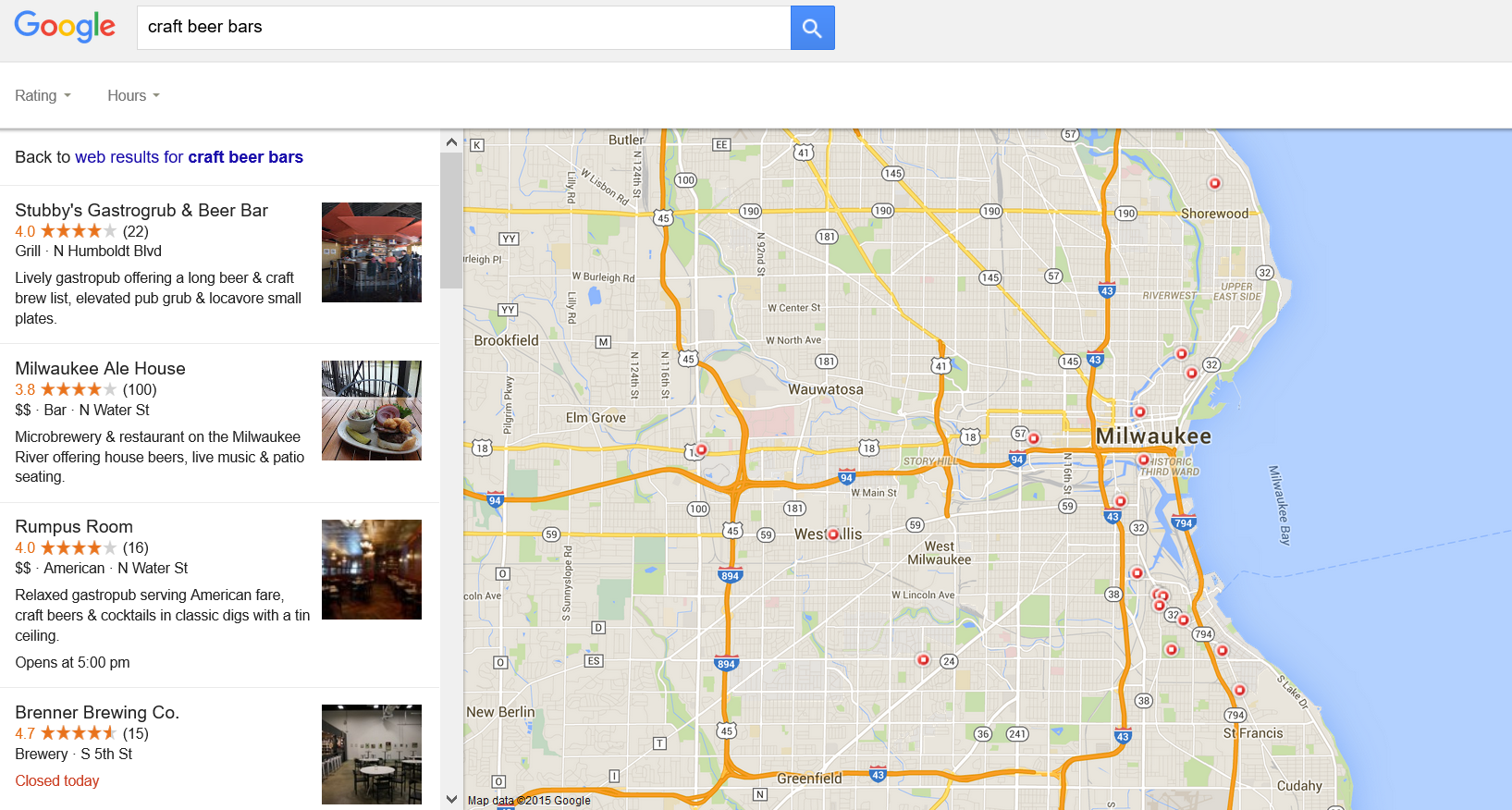
In the image above, it’s important to note we are not on Google Maps. The Google Maps interface is pulled into Google Search. So if you don’t have your business registered with Google, you can’t expect your business to automatically show up in these type of search results…but your competitors might.
Easily Collect and Reply to Reviews

Did you notice the gold stars appearing in the search results and on Google Maps? Google has a handful of third party partners they use to collect and display reviews, but the easiest way for a local business to get reviews is through your Google My Business page. Looking at the first result in the image above, you can see they have 48 reviews for a 4.1 average rating. That’s a pretty good rating, and all of their reviews came from reviews on Google.
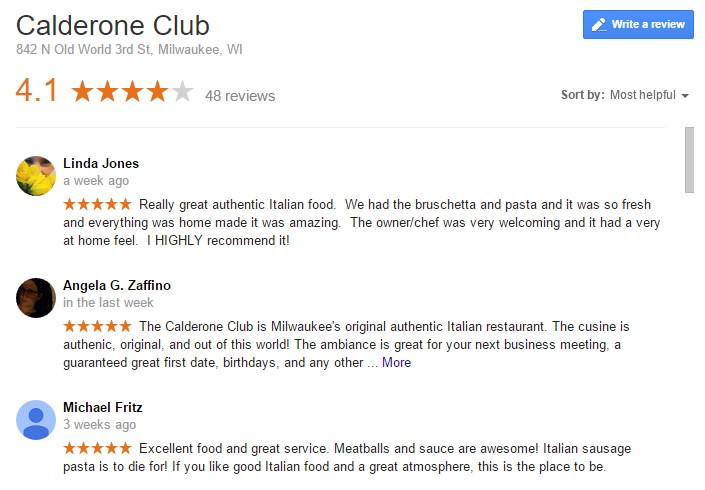
To be honest, it’s not mandatory to have a Google My Business page to have people collect reviews. However if you ever get a bad review, or would like to thank a user who left a great review, you will not be able to do so unless your location is claimed. This additional effort to interact with your patrons is such an easy and effective way to build a loyal following. Manager Dan from the movie “Waiting…” actually has the right idea here…
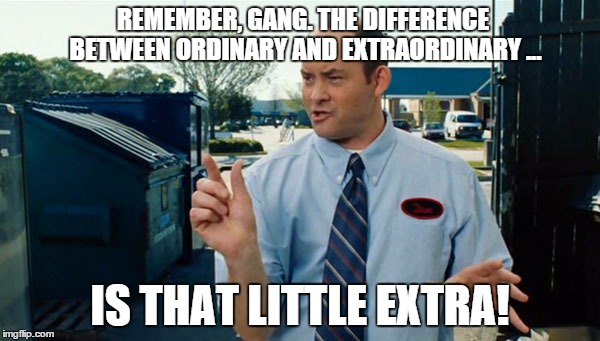
Ads Can Appear in Google Maps Search Results
If you’re running any PPC campaigns for your local business, then Google Maps can possibly help you out. There are two ways your PPC ads can show up in Google Maps.
1. Search results. This occurs when the ad only appears in the three results after a query is entered, and does not appear on the physical map.
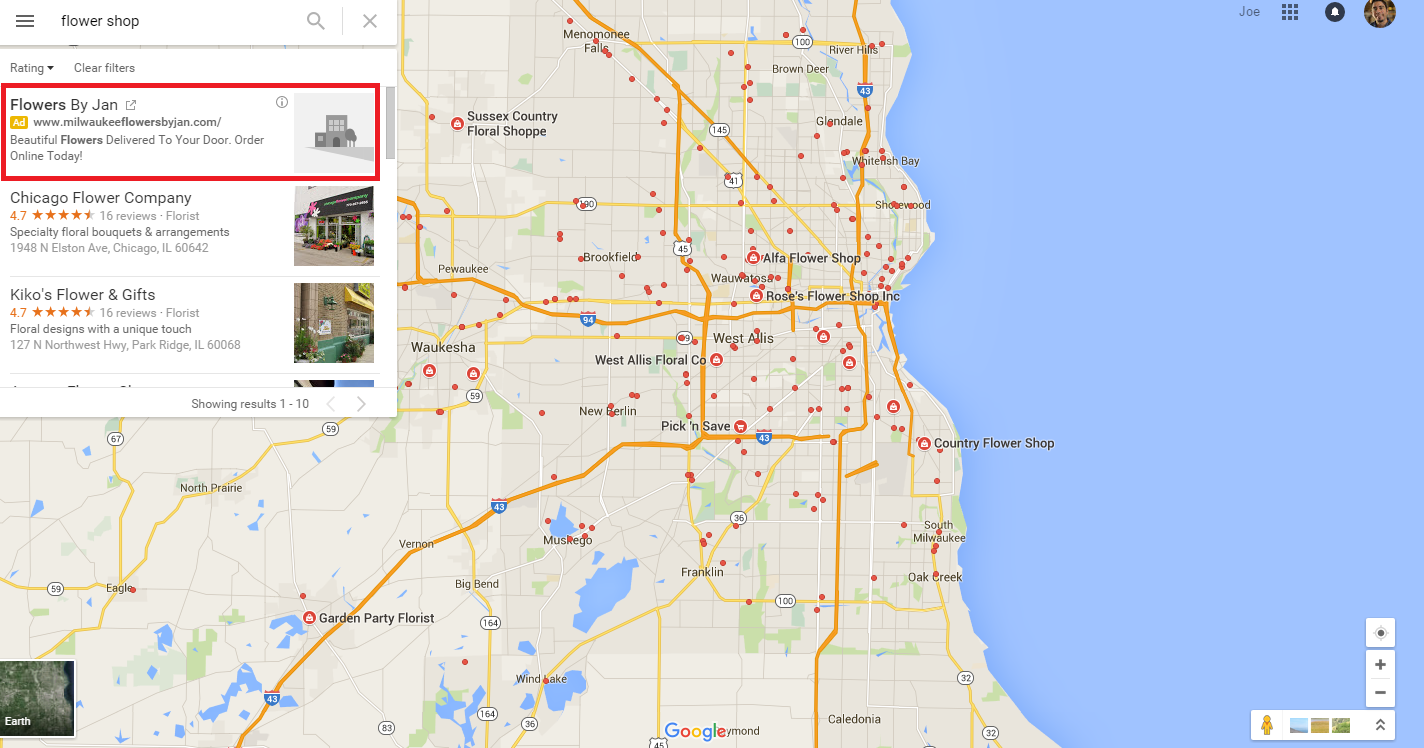
2. Display ads on Google Maps. Instead of a red dot or pin marked on the map, you’ll see a yellow mark which is actually an ad. If you click on the ad on the map you’ll get more information about the location that the advertiser has paid to show.

So how can you make sure your ads are set up to show on Google Maps? Here are the eligibility requirements straight from Google.
You don’t need location extensions for your Search ads to appear within Maps, but you’re likely to have more impressions if you add them. Location extensions are only required if you want to make your ads eligible to appear as on-map ads.
You’ll also need to opt in to advertise with our search partners (the default setting) in your campaign network settings. For ads to appear on Maps, they’ll need a high Quality Score, be very relevant to the Maps user’s search, and be targeted to the geographic area of the search.
Google Maps Now Shows You Hot Times to Run Ads
Before you run out to lunch, do you ever wonder how crowded a place is going to be before you leave? You can now see “Popular times” within the Google Chrome interface. Because Google’s apps have access to user location data, they have a good knowledge of when the hot or slow times are.
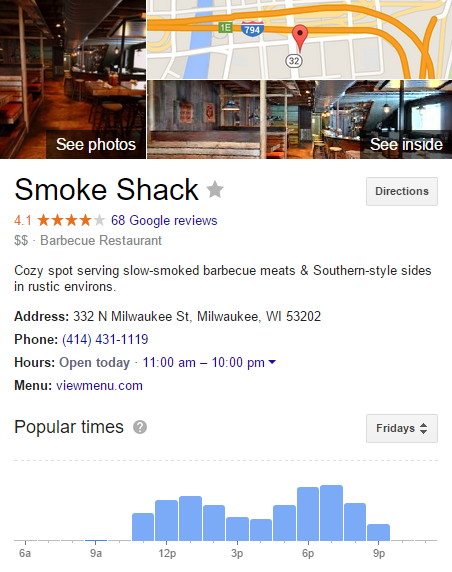
This feature is helpful for a customer to see when they should show up to your location, but what about you, the advertiser? There are a few ways a local business might want to use this data to better their marketing to drive more foot traffic.
- If you don’t want down-time at all during the day, test running Display or Remarketing Ads an hour before your slow points in hope to plant a seed in someone’s head and encourage store visits.
- The popular times can be viewed by any day of the week. Advertisers can see which days of the week are getting less foot traffic and make extra efforts to come up with specials or offers to push more traffic those days. (We understand that sales reports might help with this, but you could have a lot of sales with little traffic. We’re talking about pure, traffic here.)
If you’re not an experienced online marketer and need help getting your business set up for Google Maps, then reach out to a Google Partner near you. Local is already a priority in the eyes of search engines. If you want to make sure your business wants to grow foot traffic, you’ll need to make sure you have done everything you can to get exposure on Google Maps.